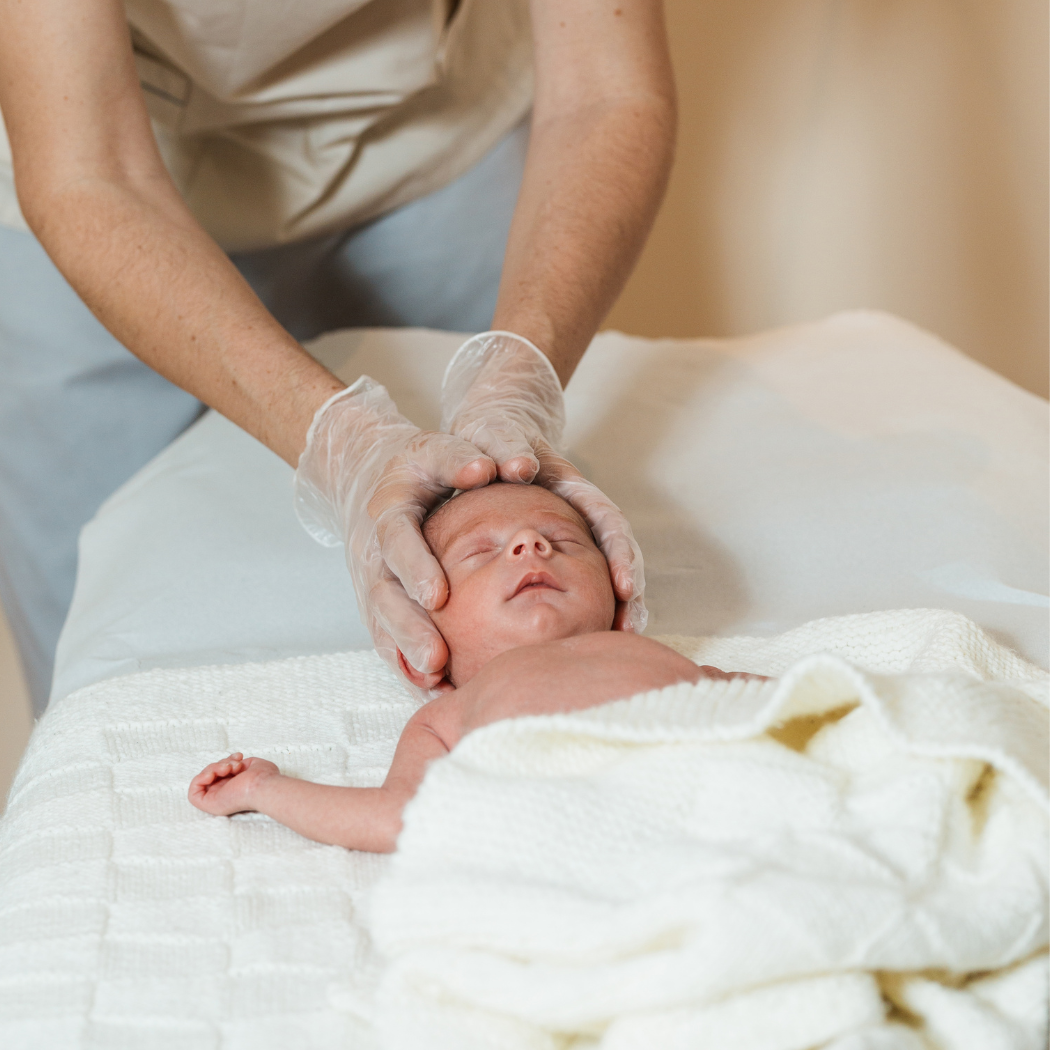

First, we should give a little information about what cord blood banking is. There are companies out there such as Cells4Life that collect and privately store cord blood for the family to use for therapeutic and medical treatments.
More specifically, the stem cells are what gets stored. Stem cells are amazing as they are currently used to treat around 80 conditions worldwide. Holding onto them gives your child and your family a safety net. The cells will be a 100% match to your baby but also have a high potential of being a potential match to siblings and other blood relatives.
The collection process is also pretty simple. You will be provided with a kit that you can pop into your hospital bag, and you will also get the name of a specially trained phlebotomist who can carry out your collection. After baby is born and the phlebotomist will do everything they need to in a separate room. Once the samples are secured, call the courier your storage bank has provided you and voila, all sorted.
Of course, there is a fee involved with private storage, but for the security that it can provide, it might be worth it.
This is something very important to note, and something people often don’t realise. Cord blood, cord tissue, and (if you have the option) placenta collection and storage are all non-invasive. Everything happens after baby is born, the cord is cut, and the placenta is delivered.
As mentioned before, the phlebotomist will also be in an entirely separate room from you during your baby’s birth and will do all the collection processes there.
The only part of the whole thing you need to be involved in is providing a maternal blood sample, which shouldn’t take too long. Your biggest and obviously most important task of the day is bringing your baby into the world and spending precious moments with your newborn.
More specifically, it is cord blood and tissue collection is compatible with your choice of delayed or optimal cord clamping.
A common misconception is that you have to do one or the other, but this is not true. There may be a slight effect on the volume of cord blood collected, but you can choose delayed, or optimal cord clamping and STILL have collection take place.
This one is up to you. It is always good to research and see if this is something for you. Reach out and ask questions. There is a lot of potential for stem cells, which are constantly being researched to unlock more treatments and uses. They are truly fascinating cells, so they may very well be worth saving.

It's never been more important to use evidence-based information to make decisions and feel supported in what you feel is best for yourself and baby.

A gentle and effective approach to supporting your baby's wellbeing.

Pregnancy and parenthood bring big changes, and without the right support, they can lead to increased stress, time away from work, and employees feeling they have no choice but to leave.